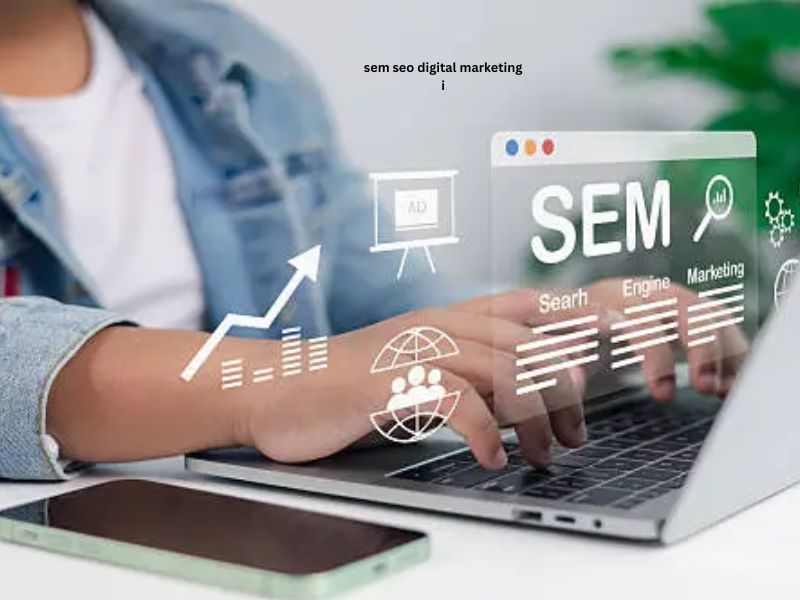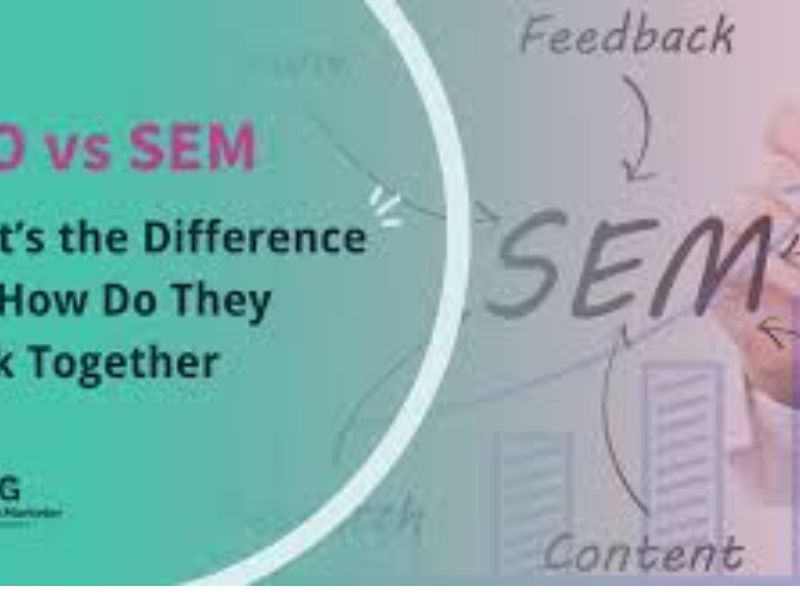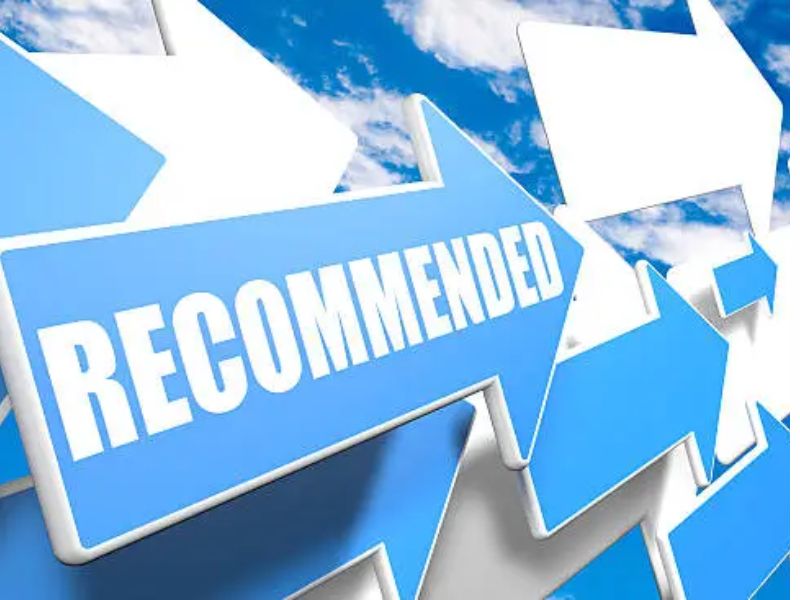
Introduction — Why this matters right now
Search is still the heartbeat of digital discovery. Whether someone’s researching ideas, comparing products, or ready to buy, search engines funnel intent into action. But sem seo digital marketing is a phrase that hides a simple decision many businesses face: should you invest in paid search now, organic search over time, or both?
This post breaks down the differences, real-world tradeoffs, and actionable guidance so you — whether a small retailer, startup founder, or marketing lead — can pick the strategy that delivers results for your goals.
Quick definitions (so we’re speaking the same language)
- SEO (Search Engine Optimization): The practice of improving a website’s visibility in organic (non-paid) search results by optimizing content, technical setup, and authority signals. See HubSpot’s explainer on how SEO works. HubSpot Blog
- SEM (Search Engine Marketing): Often used to describe paid search (PPC) activity that gets visibility on search engine results pages — but some marketers use SEM as an umbrella term that includes both paid search and the broader set of tactics to increase search visibility (i.e., SEO + PPC). For clarity here, I’ll use SEM = paid search (ads) and SEO = organic search unless explicitly discussing the umbrella meaning. Backlinko
Headline differences at a glance
| Dimension | SEO (Organic) | SEM (Paid search / PPC) |
|---|---|---|
| Cost model | Investment in content & optimization (no per-click fee) | Pay-per-click or impression-based costs |
| Speed to results | Slow — months to see consistent ranking gains | Immediate visibility once campaigns go live |
| Control over messaging | Lower — organic snippets depend on search engines | High — you control ad copy, landing page, audience |
| Best for | Long-term brand equity, informational queries | Promotions, product launches, demand-sensing |
| Measurable ROI | Yes, but requires longer windows & attribution setup | Easier to measure short-term ROI (conversions per spend) |
What the data says — clicks, CTRs and costs
A few data points help make trade-offs concrete:
- Multiple studies show organic search still captures the lion’s share of clicks on Google. Some aggregated reports estimate most clicks go to organic results, while paid results take a smaller share of total clicks. (Exact share varies by query type and SERP features.) Digital Silk
- The top organic result consistently wins in click-through rate: large CTR studies report the #1 organic listing averages a ~27.6% CTR (varies by keyword and SERP layout). That underscores why ranking #1 for high-intent keywords is extremely valuable. Backlinko
- Paid search has a higher per-click cost. Industry benchmark data shows average CPCs in Google Search around several dollars, with averages varying over time and by vertical — expect meaningful variation by industry (some verticals are much more expensive). Use up-to-date benchmark reports when planning budgets. WordStream+1
Bottom line: organic visibility can deliver a larger share of clicks over the long term, but paid search gives immediate control and predictable visibility — for a price.
When to use SEM (Paid Search): practical use cases
Use SEM when you need one or more of the following:
- Immediate visibility and demand capture — product launches, seasonal promos, event registrations.
- Testing messaging and pricing — ads are fast to iterate; use them to test headlines, CTAs, and landing pages before committing to larger organic content investments.
- Competitive categories where ranking organically is slow or expensive — if established competitors own the top organic slots, PPC can buy early traffic while you build organic authority.
- Hyper-targeted local demand — local businesses can use search ads with geo-targeting and call extensions to convert nearby searchers quickly.
- Performance-driven acquisition with measured ROI — when you need predictable CPA (cost-per-acquisition) targets and quick feedback loops.
Example scenario: A retailer launching a limited-time product uses paid search to drive early sales for 6 weeks while seeding blog content and product pages for long-term SEO.
(For benchmark CPCs and how industry affects cost, review Google Ads benchmark data.) WordStream
When to prioritize SEO (Organic): practical use cases
SEO is the strategic choice for:
- Long-term customer acquisition and stable traffic — once you rank well, organic traffic can be reliable and lower-cost per acquisition over time.
- Authority-building and complex purchase journeys — educational content, comparison guides, and evergreen resources build trust and assist multiple touchpoints.
- Brand visibility across non-commercial queries — many searchers are in research mode; organic resources capture early-funnel interest.
- Sustained traffic without continuous ad spend — organic investments compound; content and backlinks can serve you for years.
- Cost-conscious growth — when budget is limited, steady SEO progress is more sustainable long term.
Example scenario: A B2B SaaS company invests in cornerstone guides and technical SEO to dominate informational queries that feed their product pages for months after publishing.
(SEO gains require time, consistent content, and technical attention.) HubSpot Blog
How to choose — a decision checklist
Ask these questions to decide which to prioritize:
- How soon do you need results? Immediate → SEM. Months → SEO.
- What’s your budget rhythm? Ongoing ad budget available → SEM. Limited one-time budget → SEO plus organic growth.
- Is your market highly competitive in organic search? Yes → consider SEM while investing in SEO.
- Are you launching or promoting a time-sensitive offer? Yes → SEM.
- Do you need brand authority and long-term lower CAC (customer acquisition cost)? Yes → prioritize SEO.
Combine answers into a simple rule: if time-to-result is short or testing is required, use SEM; if you want durability and compounding returns, invest in SEO.

Combining SEM + SEO — the hybrid playbook (how they amplify each other)
A blended approach often wins. Here’s a pragmatic 6-step playbook:
- Start with SEM to map demand. Run short PPC campaigns to test which keywords convert and which landing pages work.
- Feed learnings into SEO content. Convert high-performing ad copy and landing content into blog posts, FAQs, and pillar pages targeted at organic ranking.
- Use remarketing to nurture organic visitors. Visitors who find you via organic content can be remarketed to with SEM to close conversion gaps.
- Bid on brand keywords tactically. Even if you rank #1 organically, bidding on brand terms can increase share of voice for critical campaigns.
- Allocate budget seasonally. Use SEM to boost visibility during peaks and rely on SEO during steady months.
- Measure via combined attribution. Use first-click, last-click, and data-driven attribution to understand how paid and organic interact.
This synergy means short-term wins (SEM) and long-term compounding (SEO) work together, not as mutual exclusives.
KPIs to track for each channel
- SEO KPIs: organic sessions, organic keyword rankings, impressions, organic CTR, backlinks acquired, pages per session, assisted conversions, and long-term CAC.
- SEM KPIs: impressions, CTR, average CPC, Quality Score, conversion rate, cost per conversion, ROAS (return on ad spend), and lifetime value (LTV) by cohort.
Tip: tie both channels to revenue (or micro-conversions) and track assisted conversions to see how organic content drives paid success and vice versa.
Budget, timelines, and expected ROI
- SEM — predictable spend: set daily budgets, control bids, and expect immediate traffic proportional to budget. Benchmarks show average CPCs in search campaigns can be several dollars, but vary widely by industry and intent — always check current benchmarks for your vertical. WordStream+1
- SEO — upfront and ongoing resource investment: content creation, technical fixes, link building, and monitoring. ROI compounds: many sites see meaningful organic growth after 3–6 months, with stronger returns 6–18 months out.
- Combining them often offers the best risk-adjusted ROI: paid search pays for short-term needs while organic builds sustainable, lower-cost acquisitions.
Common mistakes to avoid
- Treating SEO and SEM as separate silos. They should inform each other (keyword ideas, messaging, landing page tests).
- Focusing only on traffic, not conversions. High clicks don’t pay bills — optimize landing pages and funnels.
- Ignoring query intent. Target commercial-intent keywords with SEM and informational intent with SEO content.
- Neglecting measurement and attribution. Without proper tracking (UTMs, goals, conversion APIs), you’ll misattribute success.
- Bidding on expensive generic keywords blindly. Use long-tail keywords and negative keywords to keep CPCs sane.

Tools & resources (practical stack)
- Keyword research & SERP analysis: Ahrefs / SEMrush / Moz (choose one depending on budget).
- Paid search management: Google Ads + Google Ads Editor.
- Analytics & attribution: Google Analytics 4 + Google Tag Manager; consider a data-driven attribution model.
- Landing pages & CRO: Unbounce, Leadpages, or your CMS + A/B testing tools.
- Benchmark reading: WordStream Google Ads Benchmarks and industry reports for CPC trends. WordStream+1
A simple audit checklist to decide next steps (use this now)
- Do you have conversion tracking set up? If no → set up first (Analytics + Ads conversion).
- Are your highest-intent keywords covered by organic content? If no → plan pillar pages.
- Are you running SEM for time-sensitive offers? If no but you have offers → run a test campaign.
- Is CPC for top keywords within your acceptable CPA? If no → target long-tail or optimize landing pages.
- Are organic pages optimized for CTR (title snippets, meta descriptions)? If no → iterate metadata and schema.
Example content & ad test flow (30-day play)
- Days 1–7: Run SEM campaigns for 10 core keywords to test conversion rates and gather ad copy data.
- Days 8–15: Analyze converting queries; create 3 pillar blog posts targeting the top 3 informational queries uncovered.
- Days 16–30: Use PPC to promote the new content and drive early traffic; run A/B tests on landing pages; track assisted conversions.
This flow quickly turns PPC learnings into organic assets.
SEO vs SEM — Who should care most?
- Small local businesses: Use SEM for calls and fast leads; invest in local SEO (Google Business Profile) for sustained visibility.
- E-commerce retailers: Blend SEM for product launches and seasonal sales; prioritize technical SEO for catalog pages.
- B2B & SaaS: Invest in SEO content for long purchase cycles; use SEM to generate demos and trial signups rapidly.
- Startups with limited budgets: Start with tactical SEM tests to find product-market fit; gradually shift to SEO for sustainable scale.
Frequently Asked Questions (FAQ)
Q: Is SEM better than SEO for small businesses?
A: Neither is categorically “better.” SEM gives immediate visibility and lead flow; SEO provides durable, lower-cost traffic over time. A blended approach is often optimal — start with targeted SEM tests, then scale organic efforts that show promise. HubSpot Blog
Q: How long does SEO take to show results?
A: Expect measurable gains in 3–6 months, with stronger compounding benefits after 6–18 months depending on competition and content velocity. HubSpot Blog
Q: Should I bid on keywords I already rank for organically?
A: Consider bidding on high-value or competitive brand terms during promotions — ads can increase visibility and allow A/B testing of messaging. Use data to decide whether the incremental conversions justify spend.
Q: How do SERP features (snippets, People Also Ask) affect SEO vs SEM?
A: SERP features can reduce organic CTR for traditional results; they also provide new opportunities (featured snippets, knowledge panels). Adapt SEO to target featured snippet formats and use SEM to claim prominent ad placements when appropriate.
Visual assets to include on your post (suggested)
- Comparison table (already included above)
- Infographic: “3-step hybrid SEM→SEO playbook”
- Screenshot examples: paid ad vs organic listing for a target keyword (showing intent differences)
- Chart: estimated CPC by industry (use current WordStream benchmarks for your vertical). WordStream+1
Internal linking ideas (if you publish on your site)
Link this post from related articles like:
- “Digital marketing kya hai” (pillar explainer)
- “Top 10 Digital Marketing Tools” (tool recommendations that support SEM/SEO)
- “How to write product pages that convert” (landing page optimization)
These internal links help users move through your funnel and improve on-site SEO.

Final recommendations — an actionable summary
- If you need results now: run SEM campaigns with tight measurement and landing page tests.
- If you need sustainable, lower-cost growth: invest in SEO — prioritize high-quality content and technical fixes.
- If budget allows: combine both — use SEM to lear
